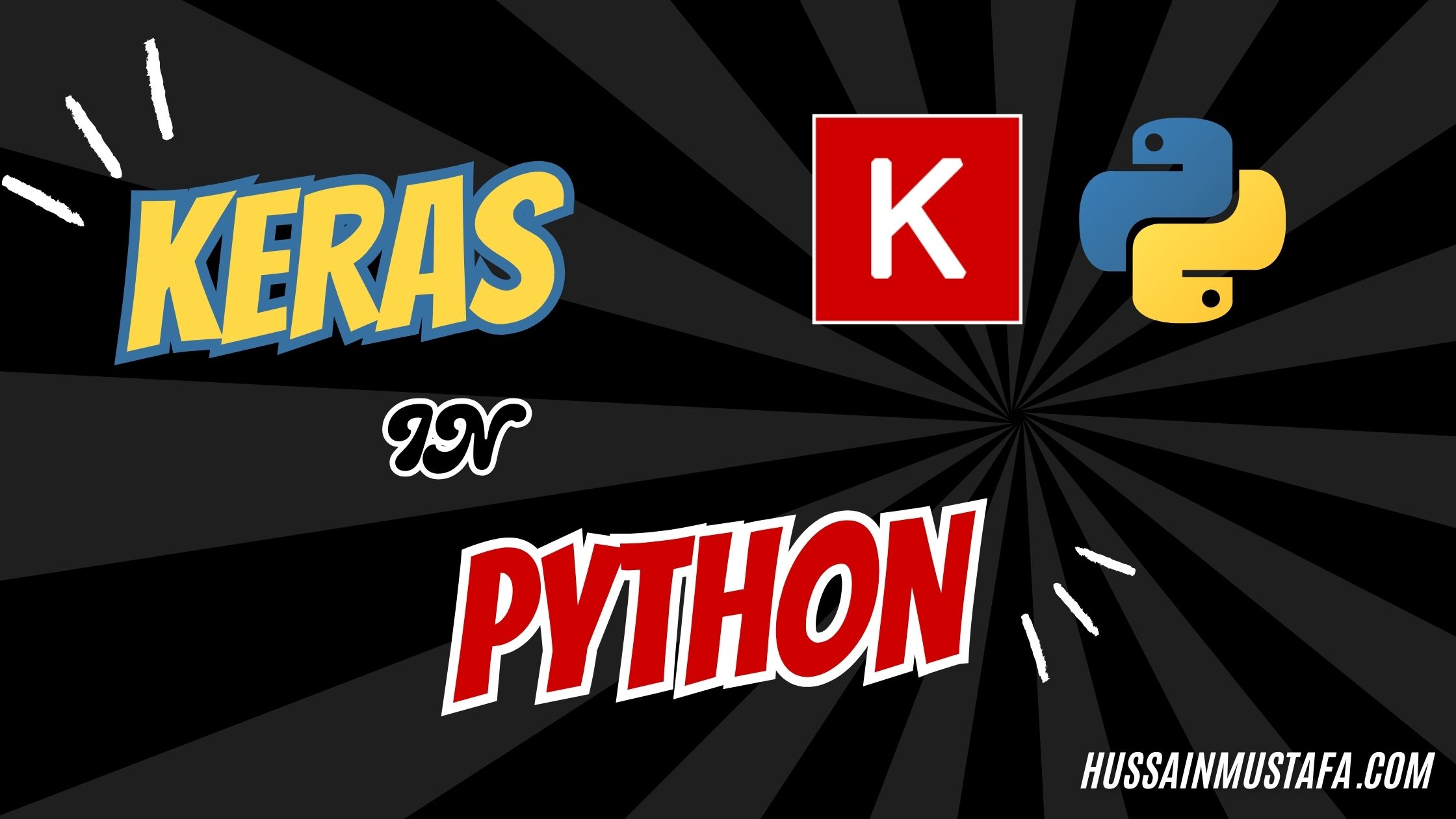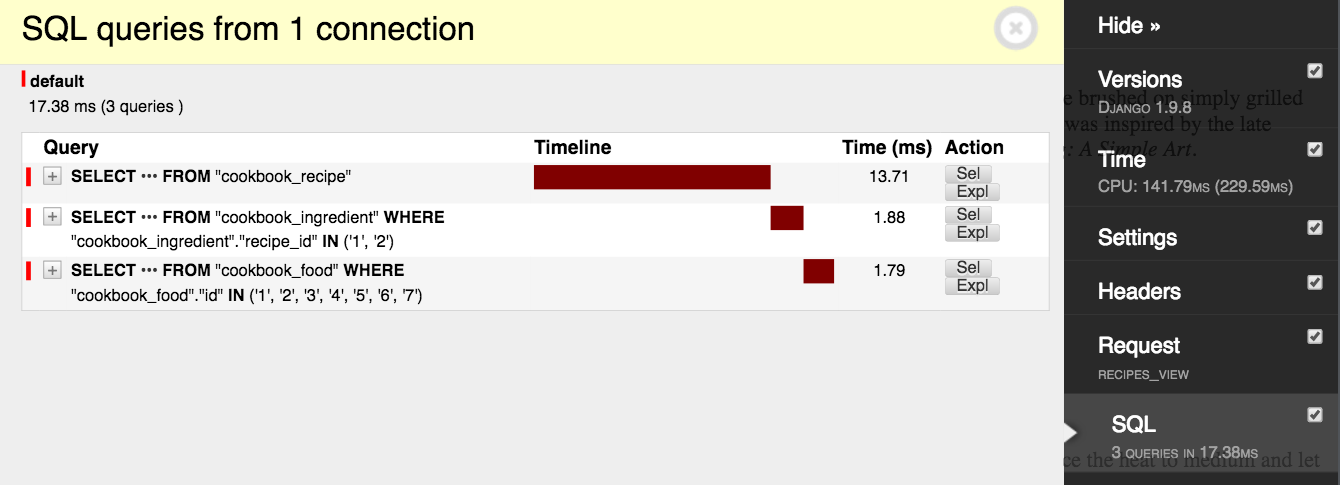Keras is a high-level deep learning API built on top of TensorFlow, designed to make building neural networks quick and easy. It allows for fast experimentation and is user-friendly, which makes it an excellent choice for both beginners and professionals in the field of machine learning. In this guide, we will explore what Keras is, how to use it in Python, and walk through practical examples to help you get started.
What is Keras and Why Does It Matter?
Keras is an open-source deep learning framework written in Python. It abstracts away much of the complexity involved in creating neural networks, allowing you to focus more on model design and experimentation. Keras integrates seamlessly with TensorFlow, giving you access to TensorFlow’s powerful backend while providing a simple interface.
Keras matters because it enables rapid development and iteration of deep learning models, which is essential for AI research, prototyping, and production tasks. It simplifies the process of building complex models like convolutional neural networks (CNNs) and recurrent neural networks (RNNs).
Installing Keras
Before getting started, you need to install Keras (included with TensorFlow 2.0 and above). Use the following command:
bashCopy codepip install tensorflow
Once installed, you’re ready to use Keras, as it comes bundled within TensorFlow.
Building a Simple Neural Network with Keras in Python
To demonstrate the power of Keras, let’s build a simple neural network for classifying handwritten digits from the MNIST dataset. We’ll walk through loading the data, building a model, compiling it, training, and evaluating its performance.
Step 1: Load and Prepare the Data
Keras comes with several datasets, including MNIST, which consists of 28×28 grayscale images of handwritten digits. Let’s load it and normalize the data:
import tensorflow as tf
from tensorflow.keras import datasets
# Load and split dataset
(x_train, y_train), (x_test, y_test) = datasets.mnist.load_data()
# Normalize the pixel values
x_train, x_test = x_train / 255.0, x_test / 255.0Explanation:
datasets.mnist.load_data(): Loads the MNIST dataset, returning training and test data.x_train / 255.0: Normalizes the pixel values between 0 and 1, improving model training.
Step 2: Build the Model
Now that the data is ready, let’s build a simple feedforward neural network with Keras. We’ll use the Sequential API, which allows us to stack layers in a simple way:
from tensorflow.keras.models import Sequential
from tensorflow.keras.layers import Dense, Flatten
# Build the model
model = Sequential([
Flatten(input_shape=(28, 28)), # Flatten the 2D input into 1D
Dense(128, activation='relu'), # Hidden layer with 128 units and ReLU activation
Dense(10, activation='softmax') # Output layer for 10 classes (digits 0-9)
])Explanation:
Sequential(): A linear stack of layers.Flatten(): Converts each 28×28 image into a flat 1D array.Dense(128): A fully connected layer with 128 neurons and ReLU activation.Dense(10): The output layer with 10 neurons (one for each digit), using the softmax activation function to output probabilities.
Step 3: Compile the Model
After building the model, you need to compile it by specifying the optimizer, loss function, and metrics:
# Compile the model
model.compile(optimizer='adam',
loss='sparse_categorical_crossentropy',
metrics=['accuracy'])Explanation:
adam: A popular optimizer that adjusts learning rates dynamically during training.sparse_categorical_crossentropy: A loss function for multi-class classification.accuracy: This metric tracks the accuracy of the model during training.
Step 4: Train the Model
Now, let’s train the model using the training data. We’ll train it for 5 epochs:
# Train the model
model.fit(x_train, y_train, epochs=5)Explanation:
fit(): This method trains the model. We pass the training data, labels, and set the number of epochs (iterations) to 5.
Step 5: Evaluate the Model
Once the model is trained, we can evaluate it on the test dataset to see how well it performs on unseen data:
# Evaluate the model on test data
test_loss, test_acc = model.evaluate(x_test, y_test)
print(f'Test accuracy: {test_acc}')Explanation:
evaluate(): This method evaluates the model’s performance on test data and returns the loss and accuracy.
Step 6: Make Predictions
Finally, let’s use the trained model to make predictions on the test data:
# Make predictions on test data
predictions = model.predict(x_test)
# Display the first prediction
print(f'Predicted label: {predictions[0].argmax()}')Explanation:
predict(): This method generates predictions for the input data.argmax(): Returns the index of the highest probability, which corresponds to the predicted class.
Advanced Neural Networks with Keras
Now that you know how to build a simple model, let’s take a step further and explore how to create more advanced models like Convolutional Neural Networks (CNNs).
Building a Convolutional Neural Network (CNN)
Convolutional Neural Networks are especially powerful for image recognition tasks. Let’s modify the previous model and add convolutional layers:
from tensorflow.keras.layers import Conv2D, MaxPooling2D
# Build a CNN model
cnn_model = Sequential([
Conv2D(32, (3, 3), activation='relu', input_shape=(28, 28, 1)), # Convolutional layer
MaxPooling2D(pool_size=(2, 2)), # Max pooling layer
Flatten(), # Flatten for fully connected layers
Dense(128, activation='relu'),
Dense(10, activation='softmax')
])Explanation:
Conv2D(): Adds a convolutional layer with 32 filters of size 3×3.MaxPooling2D(): Downsamples the input using 2×2 windows, reducing the dimensionality.
Compile, train, and evaluate the CNN model the same way as the previous model.
Saving and Loading Models in Keras
After training your model, you can save it for future use:
# Save the model
model.save('my_keras_model.h5')
# Load the model
new_model = tf.keras.models.load_model('my_keras_model.h5')Explanation:
model.save(): Saves the entire model, including architecture, weights, and optimizer.load_model(): Loads the model from the saved file.
Conclusion
Keras in Python is an incredibly powerful tool for building and experimenting with deep learning models. With its simple interface, you can quickly build models, train them, and apply them to real-world tasks. Whether you’re creating simple feedforward networks or advanced convolutional models, Keras makes it easy to get started.
Try building your own models using Keras, and experiment with different architectures and hyperparameters to see how they perform!
Happy Coding…!!!












Leave a Reply